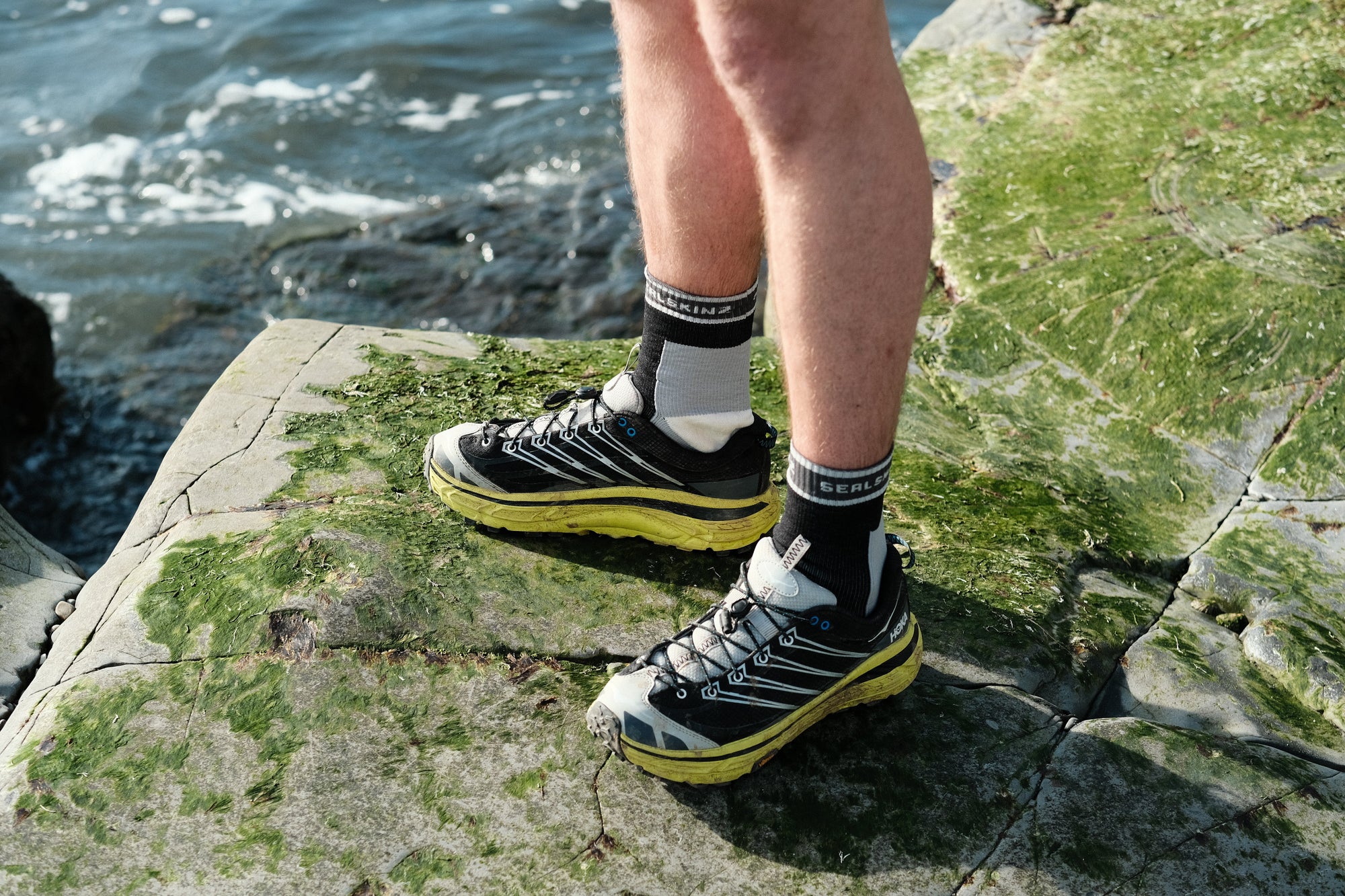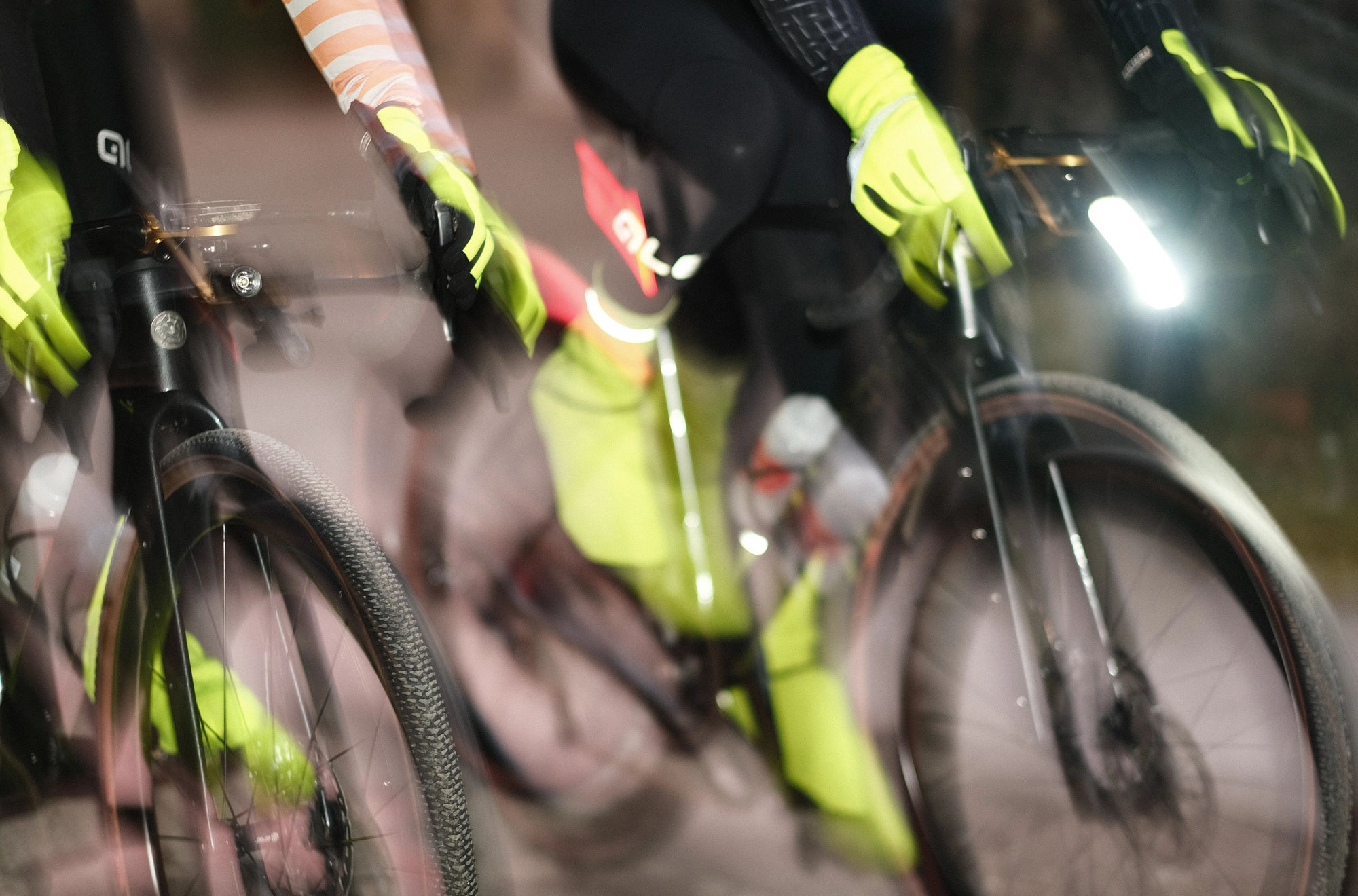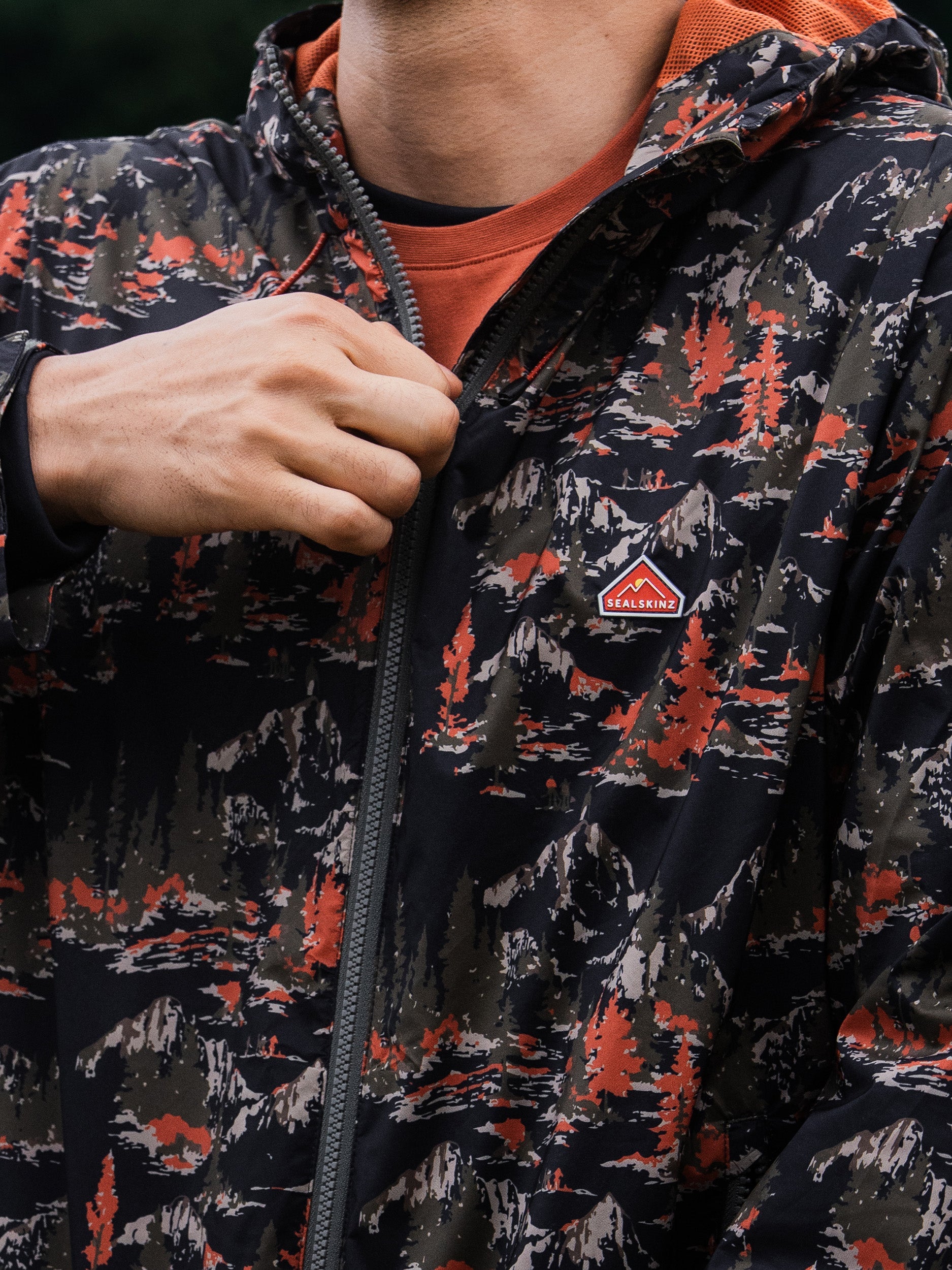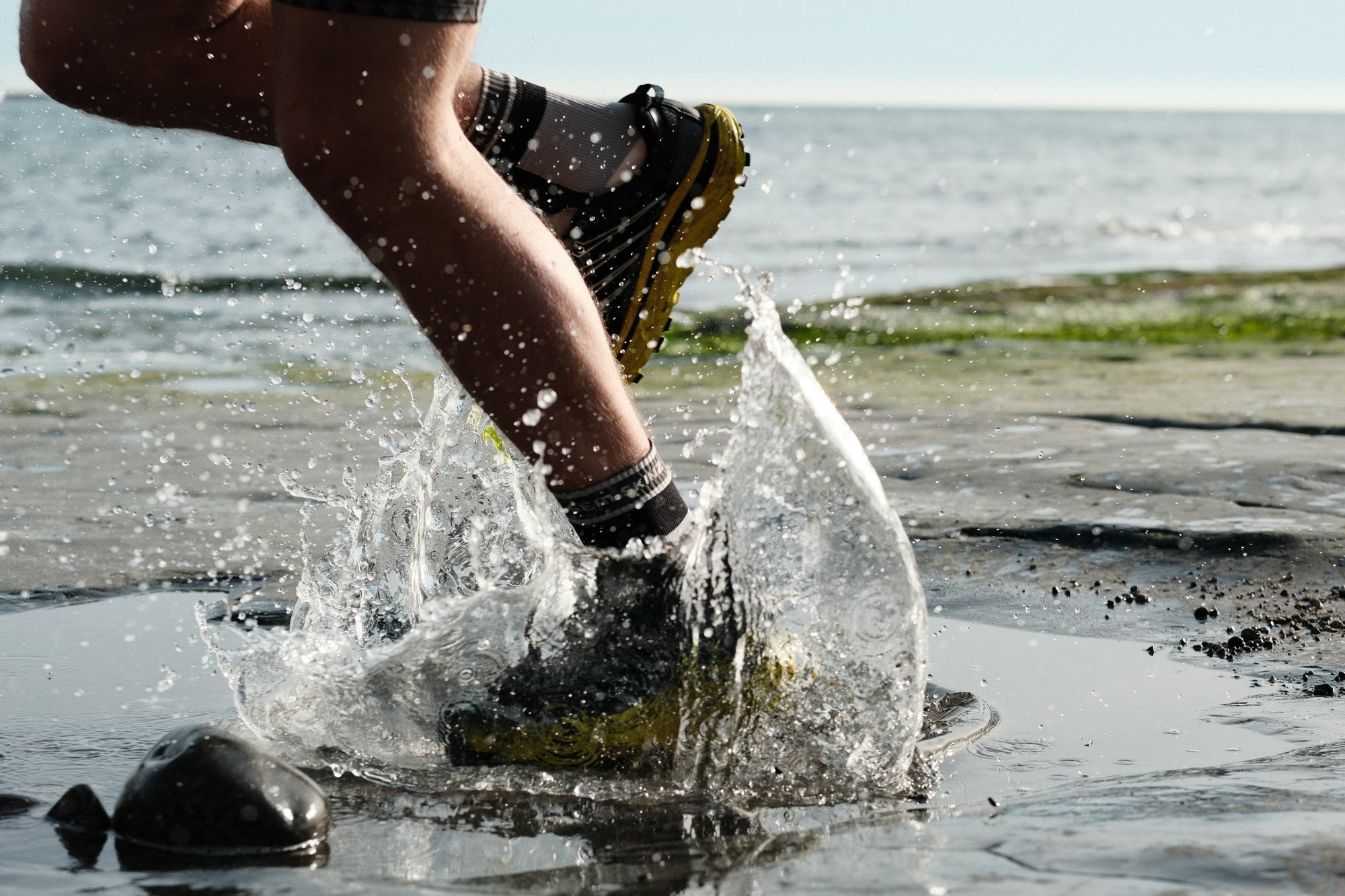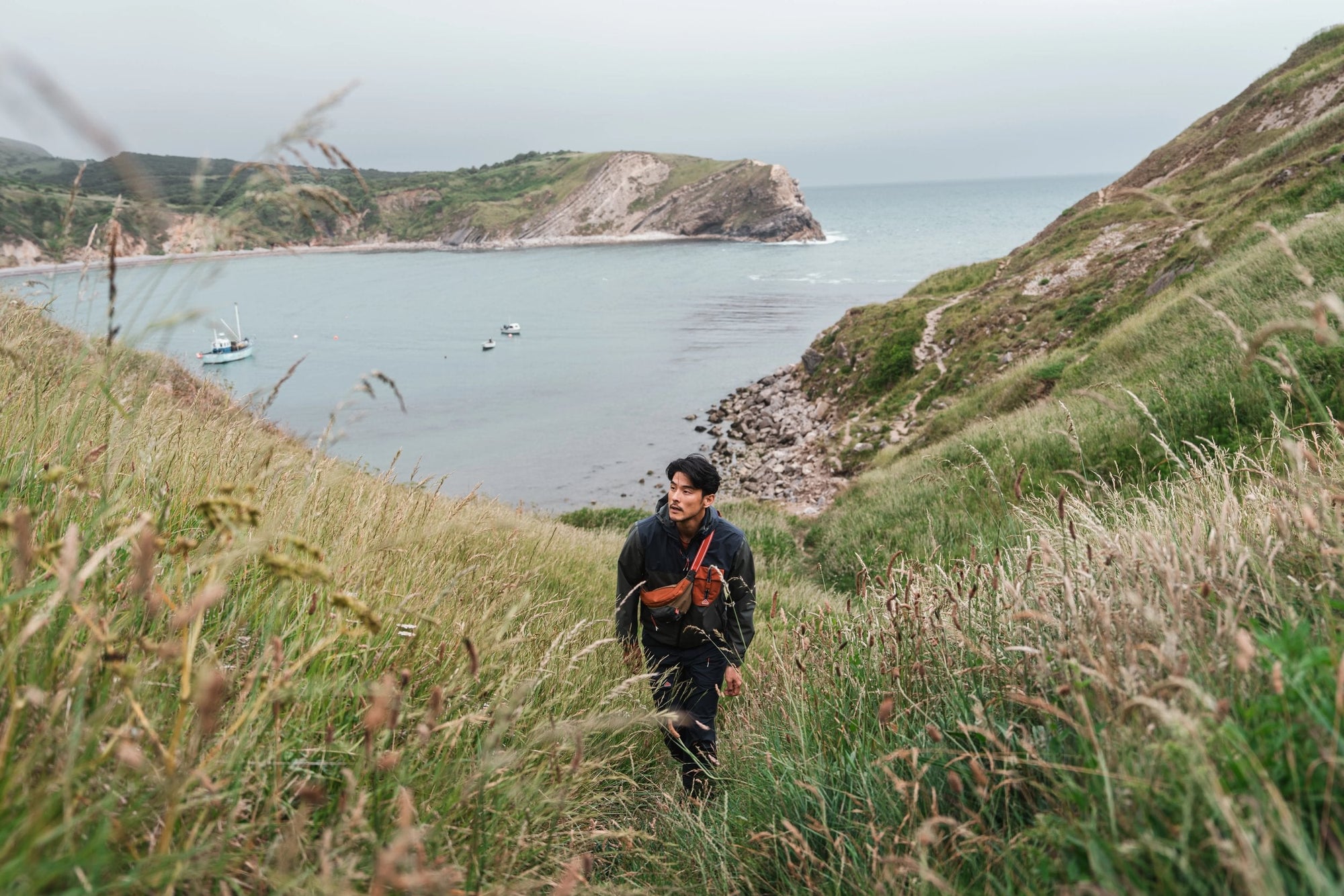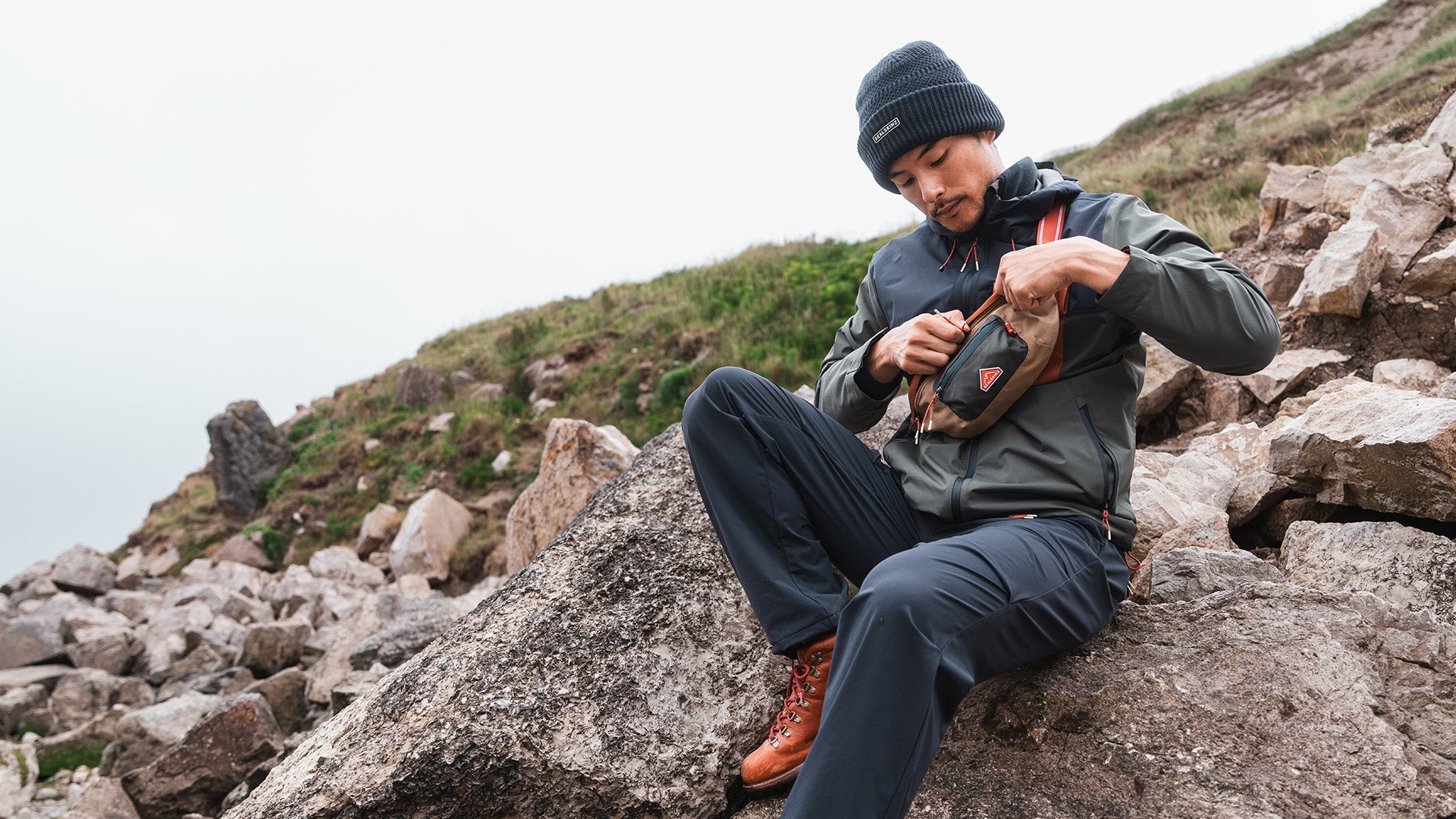What is Bikepacking
Mix together biking, camping, and straight-up adventure-seeking and you’ve got bikecamping. Not just reserved for road or travel, bikepacking gives you the freedom to concoct any kind of trip you can think of. One thing is for sure, bikepacking keeps your packing to a minimum. Focusing on the essentials is, well, essential, so that you aren’t burdened by weight when you’re out on your adventure.
Combining traditional backpacking with a bike will no doubt lead you on a path of discovery. You’ll want to be sure to pack appropriately so we’re here to help get you where you need to be so you can set off on that trail. In this article, we’ll focus on a beginner backpacking set-up.

How to Pack for Bikepacking
As we mentioned above, packing is definitely an art when it comes to bikepacking. You might think bikepacking means you’ll be wearing a backpack and riding a bike. But, the truth of it is that you want to weigh your bike down evenly in order to create the smoothest ride. This means you’ll want to use packs that actually attach to your bike. We’ll get into the bike gear in a later section, right now, let’s discuss what to actually pack for your trip.
You’ll want to treat your bikepacking trip much like a backpacking trip. You can see a comprehensive checklist here, but keep in mind that you’ll probably be packing much lighter when traveling by bike.
Think of layers when you’re planning out what clothing to pack. Lightweight shorts, trousers, sweat-wicking shirts, and even a lightweight jacket depending on the weather. This is the perfect time to invest in a pair (or two) of waterproof socks. Not just for rainy days, a good pair of waterproof socks prevent blisters and keep your temperature in check while also protecting you from puddles, mud, and sand.
Depending on the time of year, a good pair of waterproof gloves and a waterproof gaitor or cap can make a huge difference. Look for a pair of gloves with added grip and increased dexterity to keep you in control at all times.
Extra changes of clothes and a pair of casual shoes will be welcomed at your campsite as well.
From there, you’ll want to think about your gear and this is where you want to think as lightweight as possible for the time of year you’ll be bikepacking. A tent, sleeping bag, cookware, water bottles/bladders, etc. Depending on the amount of time you’ll be packing, these items can vary.
And, don’t forget to make sure you have a repair kit handy as well as bike lights, LED gear for your helmet, and other safety measures. It goes without saying that it’s always a good idea to let someone know your bike route to make sure you’ve got someone back at home in the know about your whereabouts.
How to Plan a Bikepacking trip
For the beginner bikepacker, one of the most popular ‘trips’ is to do a sub-48-hour bikepacking trip. Leaving after work or early in the evening, biking to your destination, then heading back the next morning. This will give you a great idea of how your bike handles with the amount of weight you packed, what you needed and what you didn’t. The perfect ‘test’ to see how to adjust for longer trips in your future.
A good place for a first-timer is to set out to a national park or even a rail to trail near their home. One thing to note is that while bikepacking, you can cover about 3 times the distance you would traveling by foot. So, plan accordingly and don’t overdo it on your first time out.

Bikepacking Accessories
For new bikepacking adventurers, you don’t have to go overboard with all of your packs. A good daypack is always good to have for lighter-weight items or things that you don’t want to get tossed around as much by the suspension of your bike. Remember, the purpose is to have more weight on your bike, so the daypack really should be for lightweight items.
Secure a drybag to a rear rack for heavier items and use a handlebar bag for more moderate items (think tent, sleeping pad, and some clothing).

Utilise water bottle cages not only for carrying water bottles, but they also are helpful for weight distribution.
You might hear people talking about panniers. Kind of a fancy way (actually the french way) to say basket. These types of baskets connect and easily disconnect from your bike you can take them with you. Roomy storage options and protection from the weather, they’re a good investment if you become more interested in your bikepacking adventures.
Have a larger group, a family, or bringing up the rear? You can also invest in a bike trailer if you can’t fathom packing super light.
So there you have it, just writing that makes me want to hop on a bike and go explore for the night. Are you with me? And I’d be remiss not to mention that Sealskinz hats, gloves, and socks are the perfect bikepacking accessories. They’ll protect you from wind, rain, puddles, mud, sand, gravel, etc. Take a look at all of our bikepacking accessories here.

